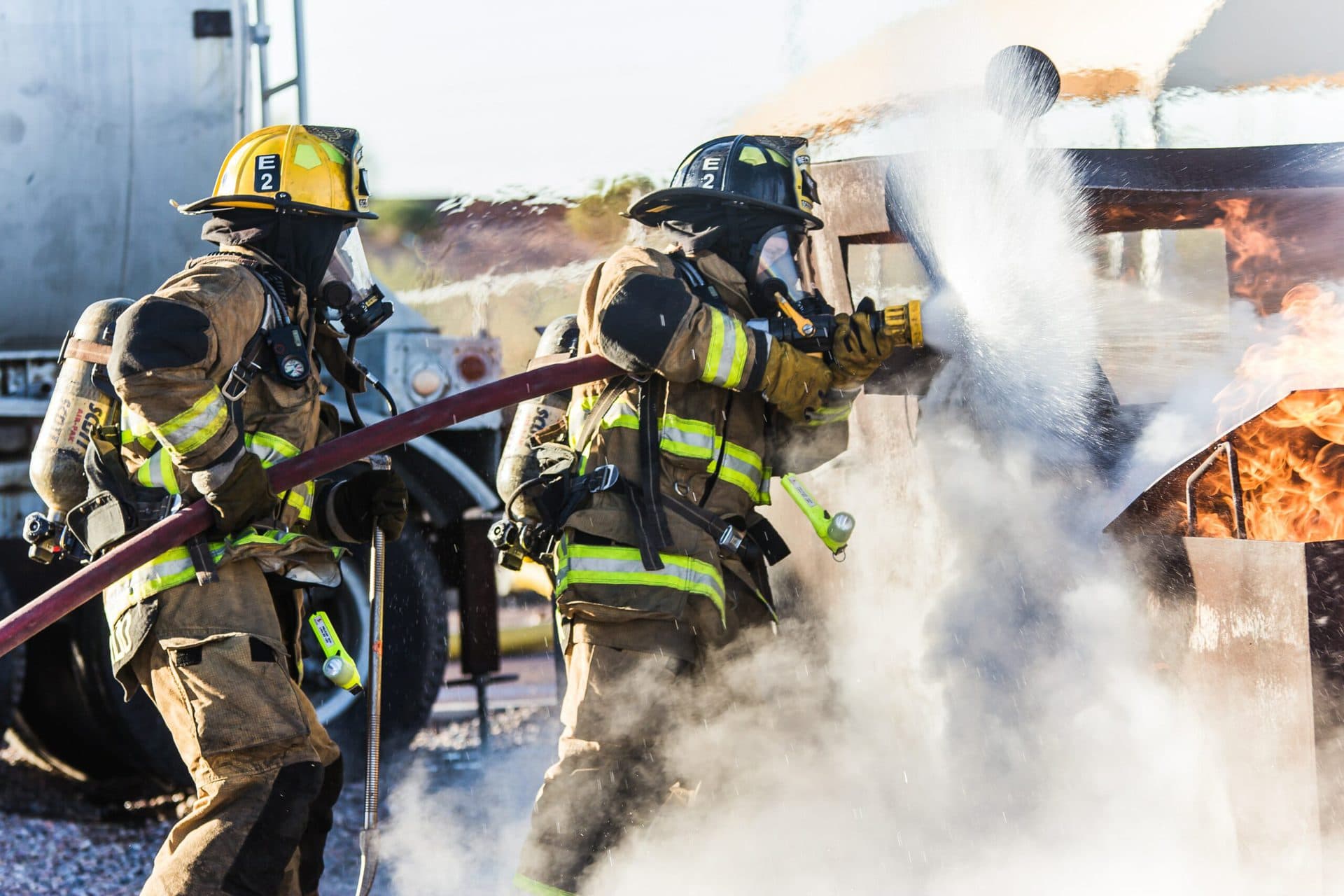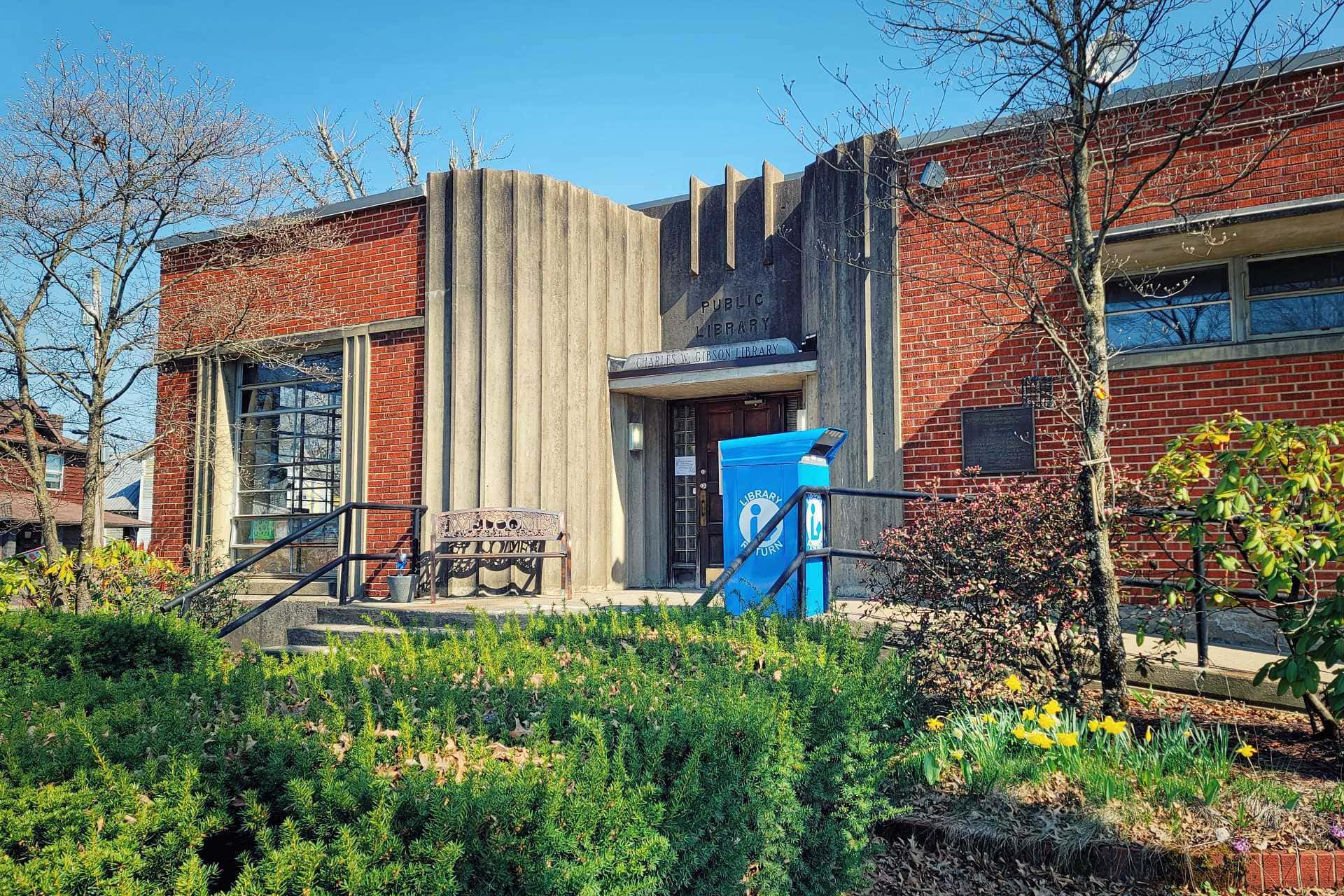BUCKHANNON – A request from the Banks District Volunteer Fire Department at Buckhannon City Council’s meeting last week ignited a discussion about the need to collaborate with county officials regarding emergency responses in Upshur County.
The discussion got underway when Buckhannon Fire Chief J.B. Kimble told council members at their Thursday, Sept. 3 meeting that the Banks District Volunteer Fire Department had requested the Buckhannon Fire Department respond automatically to all structure fires in the Rock Cave-area fire department’s first due area.
A ‘first due’ area is the primary territory for which a fire department is responsible. The Buckhannon Fire Department is the only fire department in the county staffed 24/7 with full-time, paid career firefighters.
Joining the meeting telephonically, Kimble said Banks District Volunteer Fire Department Chief John Roby had made the request because of ongoing issues with manpower due to a lack of available volunteers.
“As you all know, volunteerism is down nationwide, and the shortage of volunteer firefighters is not unique to just Buckhannon or Upshur County or West Virginia,” Kimble told council. “As we go through the years, some of our local VFDs are having troubles at specific times of the day. They have a real shortage of staff.”
Kimble said when structure fires occur in Banks District or in Selbyville, the BFD typically doesn’t automatically respond unless requested.
“The chief of Banks District has asked us in a letter to send manpower on every structure fire in Banks District,” Kimble said. “We’re talking about a maximum of 15 calls per year.”
“Traditionally, being automatic means when they’re paged, we get paged along with other [surrounding] departments to assist them instead of waiting until 10 or 15 minutes into the call and going, ‘Oh, we’re not going to have enough people – get Buckhannon,’” Kimble added.
The BFD’s average response time to a structure fire is about 1 minutes and 45 seconds, Kimble said, noting the typical volunteer fire department response is approximately eight to 10 minutes.
“We can drive considerable mileage in eight or 10 minutes, which is a typical volunteer fire department’s response time, so it can make a big difference for them,” he said, “and of course, we’re talking about lives and property, and they would assist us if we needed them.”
Councilman CJ Rylands said anything the city can do to support efficient, effective delivery of emergency services “is a good thing.”
Kimble agreed.
“I tell our guys, it doesn’t matter if it’s Lewis County [or another county close by] – if we can make a difference, we need to make the difference and we’re very blessed here with a good crew of men and women in our organization,” he said. “They’re well-trained, we have some great equipment and we have a community that backs us, and these other communities would drop everything and come help us, so we need to return that favor.”
Councilman David Thomas asked how fire fees are collected and distributed throughout Upshur County, and mayor Robbie Skinner explained that while county residents pay an annual $25 fire fee, city residents pay $3 per month on their utility bills, equating to $36 over the course of a year.
The question spurred Kimble to highlight how outdated he believes the fire fee to be. Established in 1991, about 29 years ago, the county fire fee is split seven ways equally among all seven county departments.
“The problem with the county fire fee is, it was made 20 or so years ago, and you all have seen the price of a new fire truck — $500,000,” he said. “That county fire fee only collects $200,000 max, and that’s split between seven fire departments.”
“It’s old and antiquated and needs updated, or Emergency Services in Upshur County needs to look at a different way of providing services somehow and get in front of it,” Kimble added. “You all know as well as I do that the cost of doing business goes up in 25-30 years.”
As an example of the rising cost of equipment and outfitting, Kimble said one set of turnout gear – which includes a firefighter’s coat, pants and hood, but not boots – can cost as much as $2,800.
“It has a shelf life of 10 years, but we have guys that burn up a set of gear up in three to five years, so you can do the math and see the cost of doing business has gone up … and the financial money coming in has not for the fire department,” Kimble said.
Thomas said he’d like to see the county commission and city council collaborate to address the issue.
“I think this is one of these areas that the city and county commission need to come together and talk about revisions for the future for the Upshur County and city fire responses,” he said.
Kimble said he empathizes with county volunteer fire departments, which must rely on having firefighters whose employers permit them to leave work multiple times per week to respond to emergencies. That initial response is key, he said.
“The first five minutes dictates the rest of your operations: If the first five minutes is bad, [the response] is going to be bad – it’s just a snowball effect,” Kimble said. “We’ve really got to look at not just the city fire department but at the county fire departments as a whole, and it’s going to take the county commission at some point in time to take a role with us.
“I’m not sure how it’s going to happen, but it has to happen,” he said.

Rylands suggested asking Dr. Jeffery Harvey, who specializes in emergency preparedness and safety consulting through his business JH Consulting LLC, to attend a future council meeting and possibly conduct a study.
“I think the time is right to engage with Jeff Harvey and complete a three-phrase, two-year study of the delivery of emergency services in Upshur County,” Rylands said. “I think the county is receptive at this time, and Jeff has been asked to come to city council, but he wanted to get through school opening. But hopefully soon, we’ll have that that conversation, which will give us a framework to have further discussions.”
Skinner concurred.
“The future of emergency services and the delivery of emergency services in our community has got to be data-driven, and that’s where Jeff comes into play,” the mayor said. “It’s going to take a lot of people coming together to recognize where the needs in our community are, and where they are likely to be in the future as we continue to grow and shift commerce and people around.”
Twenty years ago, commerce was headed south along Route 20, but now that’s shifted to U.S. Route 33, or Corridor H, Skinner said.
“I think we’re at a point where we can go in two directions, and I think we know we need to continue to be progressive in trying to stay ahead of the curve,” he said.




















